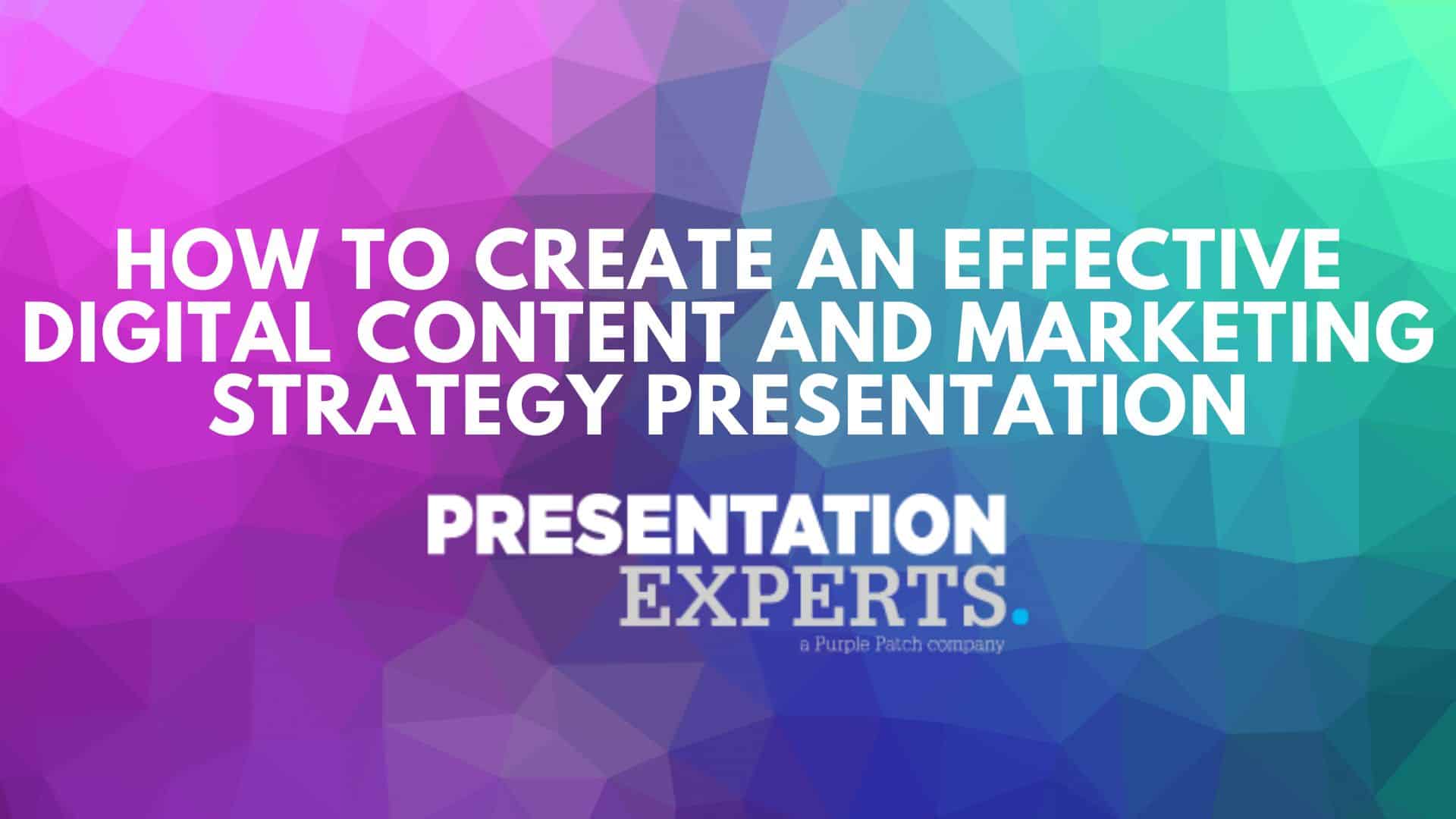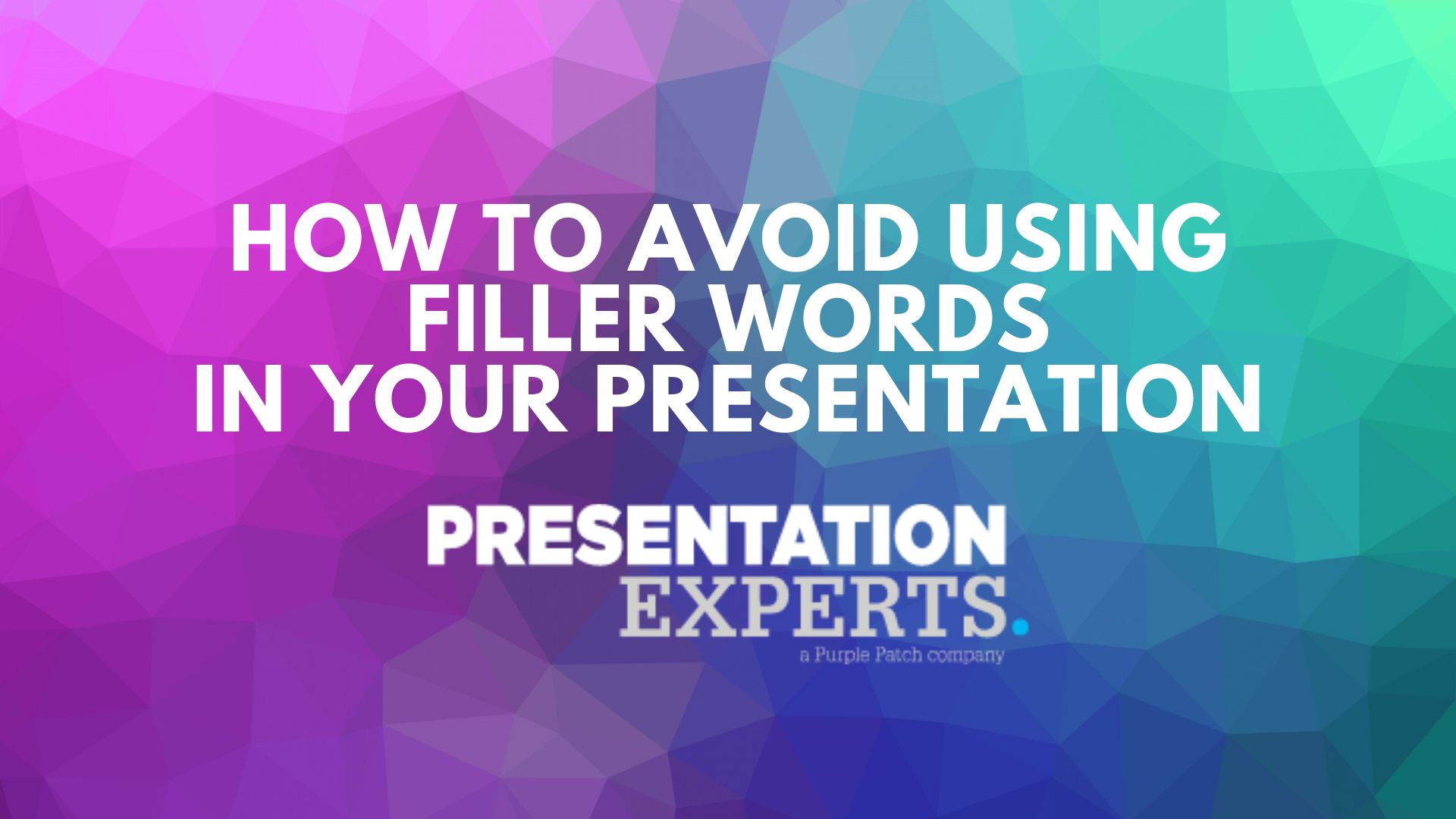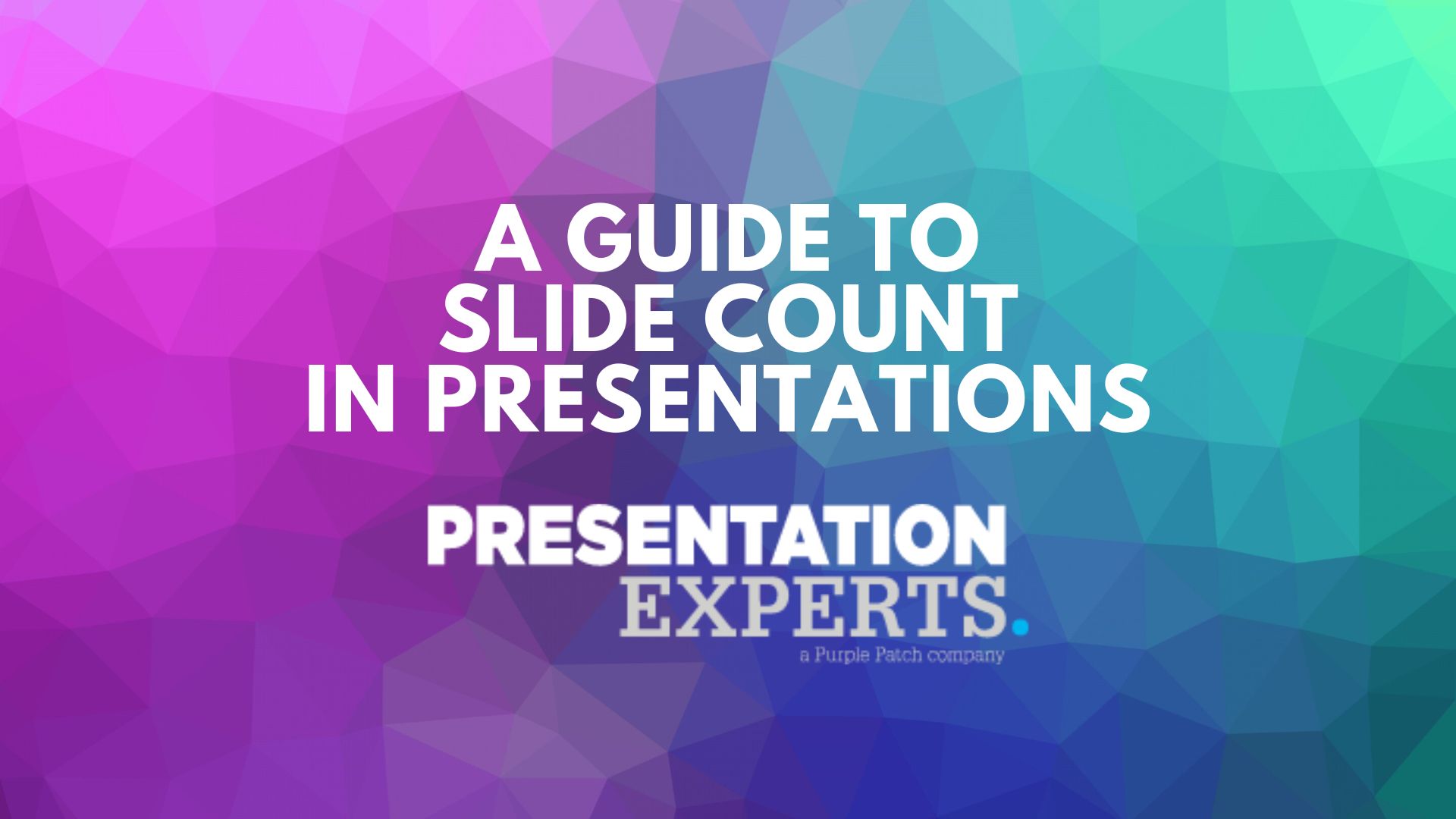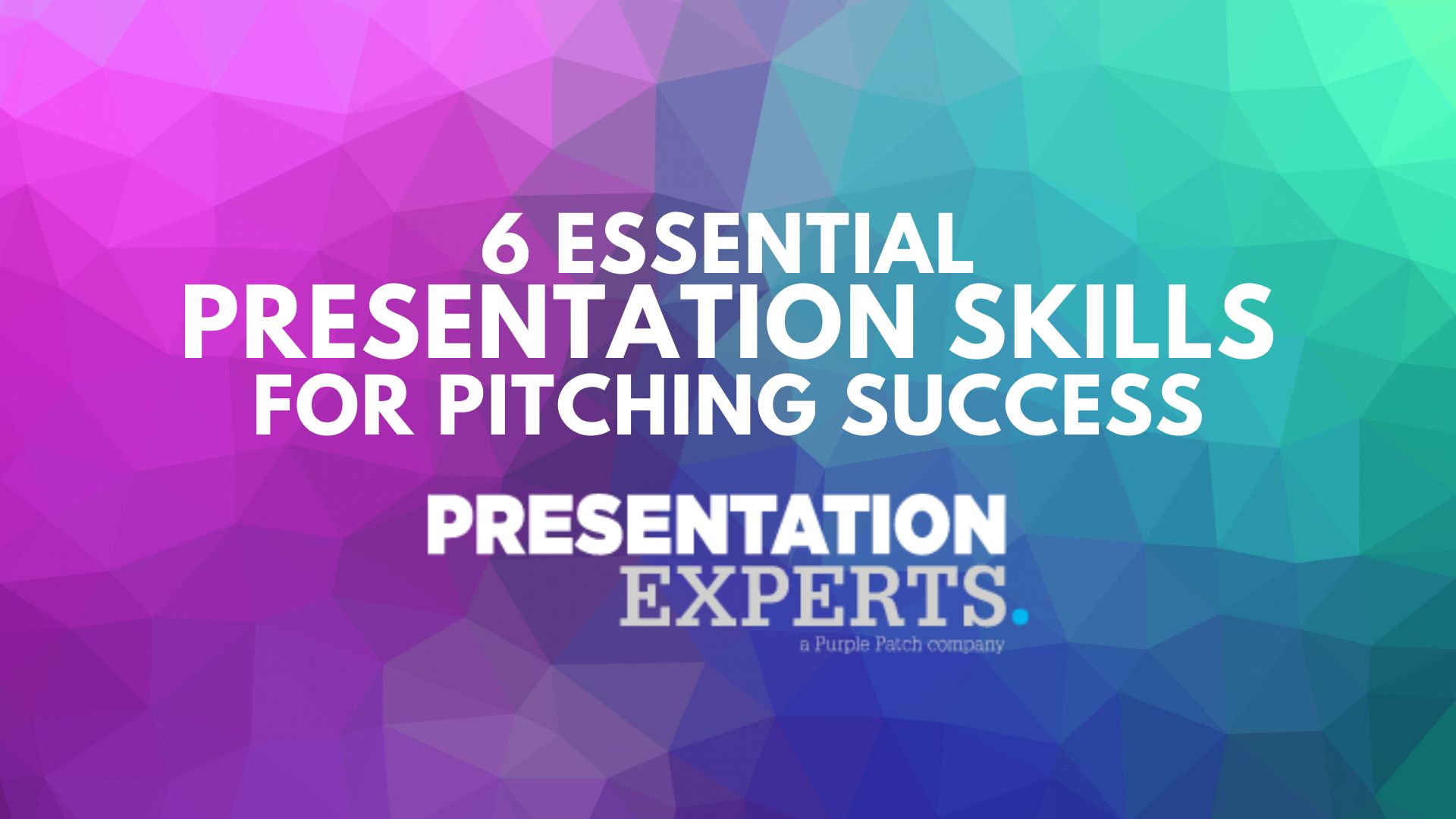

It is crucial to have a digital marketing strategy in today’s digital age. Digital marketing provides a wide range of opportunities for businesses to reach and engage with their target audience.
However, in order to effectively communicate your digital marketing ideas and plans, gain support from stakeholders, and ensure that your strategy is well-informed, well-planned and will help the business achieve its goals, it’s important to put together a presentation.
If you are planning to do just that, you have come to the right page! In this article, we will share expert advice on complete presentation creation and tips for creating an effective digital content and marketing strategy presentation. But before we dive in, let’s understand what a digital content and marketing strategy presentation is, know the purpose behind creating one, and learn about the basic elements of such a presentation.
What is a digital content and marketing strategy presentation?
A digital content and marketing strategy presentation is a visual presentation that outlines a business’s plans for promoting and selling its products or services online. It typically includes information on the target audience, target market, positioning, and the overall messaging and tactics that the business plans to use to reach and engage its target audience through various digital channels.
The presentation is usually given to stakeholders, such as top management or investors, to showcase the marketing plan and gain their support. It can also be used to present the strategy to clients or partners.
The presentation includes a detailed analysis of the current market conditions and a plan of action to achieve the desired goals and objectives. It typically includes information on the budget and resources required to implement the plan, as well as metrics for measuring success. The presentation is intended to communicate the overall direction and goals of the online marketing strategy and how it will help achieve the overall business objectives.
What’s the purpose behind creating such a presentation?
Creating a digital content and marketing strategy presentation can serve several purposes, including:
- Communicating the plan: A presentation can be used to communicate the marketing strategy to stakeholders, such as top management, investors or clients, and partners, to ensure that everyone is on the same page and understands the plan.
- Gaining support and buy-in: By presenting the marketing strategy in a clear and compelling way, you can gain the support and buy-in of key stakeholders, which is essential for the success of the plan.
- Showing results: By including data and case studies that demonstrate the effectiveness of similar strategies or tactics in the past, you can build credibility and confidence in your proposed strategy.
- Identifying challenges: By creating a presentation, you will have a better view of the challenges that you may face and be able to address them in the plan.
- Measuring success: A presentation can be used to outline specific metrics and key performance indicators that will be used to measure the success of the marketing strategy, which can help to ensure that the plan is on track.
- Staying organised: Having a presentation allows you to stay organised and on track with your plan of action and timeline, making it easier to execute the strategy.
What are the basic elements of a digital content and marketing strategy presentation?
A digital content and marketing strategy presentation should include several key elements, including:
- Executive Summary: A brief overview of the key points and main message of the presentation.
- Target Audience: A description of the target audience, including demographic information such as age, gender, income, and location.
- Target Market: An analysis of the target market, including information on the size, growth potential, and trends in the market.
- Positioning: An explanation of the company’s unique value proposition and how it differentiates itself from competitors.
- Marketing Mix: A detailed plan for the four Ps of marketing, including product, price, promotion, and place.
- Tactics and Implementation: A plan of action outlining the specific tactics that will be used to reach and engage the target audience, including information on the budget and resources required.
- Metrics and Measurement: A plan for measuring the success of the marketing strategy, including specific metrics and key performance indicators.
- Conclusion: A summary of the key points and a call to action for the audience.
How to Create an Effective Digital Content and Marketing Strategy Presentation
Here are some tips on how to create an effective digital content and marketing strategy presentation:
- Understand your audience: Before you start creating your presentation, it’s important to understand who your audience is and what their needs and interests are. This will help you tailor your content and messaging to be most relevant and engaging for them.
- Outline your key points: Before you start creating slides, take the time to outline your key points and the main message you want to convey. This will help you stay focused and ensure that your presentation flows logically.
- Use visuals: People are more likely to remember information that is presented in a visual format, so be sure to include plenty of images, charts, and graphics in your presentation. These can help to break up text-heavy slides and make your presentation more engaging.
- Keep it simple: Avoid using too much text or complex language, as this can overwhelm your audience. Instead, use simple language and clear, concise messaging to get your point across. It should also be tailored to the specific audience it will be presented to, and use language and messaging that is appropriate for them.
- Tell a compelling story: People are more likely to remember a story than a list of facts, so try to incorporate a narrative into your presentation. This can help to make your content more engaging and memorable.
- Show results: Include data and case studies that demonstrate the effectiveness of similar strategies or tactics in the past. This can help to build credibility and confidence in your proposed strategy.
- Use a consistent design: Use a consistent design throughout your presentation to create a professional and polished look. This can help to keep your audience focused on your content and not on the design of your slides.
- Use data and statistics: Use data and statistics to back up your points and provide concrete evidence for your marketing strategy. This can help build trust with your audience and make your message more persuasive.
- Practise your delivery: Rehearse your presentation beforehand, so that you feel confident and comfortable when delivering it. Practise speaking clearly and at a steady pace, and make sure to engage with your audience throughout your presentation.
- Be prepared: Anticipate questions and be ready to address any concerns or objections that may arise. Being prepared will show that you have thought through the strategy and that you are confident in it.
Final Thoughts
We hope the information shared in this article will help you create an effective digital content and marketing strategy presentation, in order to communicate your ideas and plans to your team, stakeholders, and clients.
Remember that the kind of results you will achieve from your presentation will greatly depend on your presentation design and delivery. If you wish to level up your presentation skills or need assistance with creating a winning presentation, contact us today!








